Rock gardens can be very impressive. However, in order for your rock garden to look effective, you will need: a good plan, a bit of creativity and some hard work. Read on and find out how to make a rockery step by step.

Rock gardens can be very impressive. However, in order for your rock garden to look effective, you will need: a good plan, a bit of creativity and some hard work. Read on and find out how to make a rockery step by step.
- Planning a rock garden
- Selecting the location of the rockery – on flat ground vs on a hill
- A rockery on a slope
- How to build a rockery next to a patio?
- A miniature rock garden in a large outdoor pot
- Preparing the ground for constructing of a rock garden
- What should you build a rockery from?
- Ways to build a rockery
- Necessary tools for building a rockery
- Best rockery plants
- Rock garden plants for shade
- How to build a rock garden – summary
Planning a rock garden
Building a rock garden can be quite tricky, as it should imitate natural growth. Therefore, if you simply put a large pile of stones in the middle of a large, flat lawn, you will unlikely achieve the desired effect. Excessively regular forms should also be avoided – such as circles or ovals.
Your rock garden will look great as a complement to various architectural details. Therefore, some interesting spots could be next to the stairs leading to your house, next to a fence (or even better a wall) or next to a gazebo. Flat rock gardens planted with low succulents along gravel or cobblestone paths will also do the job.
Rock gardens are better not placed underneath trees (due to the shade and the fact that they take up a lot of water), although in the case of a small single pine tree, a rock garden could be very pleasing to the eye. You could also try to integrate plants between the stones in a supporting wall. A unique vertical garden will definitely look impressive.
If you are also wondering how to build a rainwater tank or a pond, you could strengthen the banks with boulders or create an island. Between the stones you could plant bamboo or reeds. A cascade waterfall on your rockery will also look impressive.
Before starting work, draw up a garden plan and consider whether it will harmoniously match the other elements in your garden.
Selecting the location of the rockery – on flat ground vs on a hill
Bear in mind that most of plants in traditional rockeries require a lot of sunlight and well-drained soil. These are usually high-mountain, steppe and even desert species. For this reason, your rock garden should be located in a southern or western spot with good lighting.
You could also build a rockery on a northern or eastern slope, but to make it look effective, you should choose the plant species very carefully. Fortunately, there are many plants that also like growing in the shade.
Most rock plants do not like moisture, and they tend to rot if in too much contact with water. For this reason, it is also better to avoid creating rockeries under leafy trees and sloping roofs without gutters.
A rockery on a slope
Building a rockery on an existing slope will make it a lot easier. Depending on its size, you can try to form a cave, a waterfall or some stone steps. It would look great with a garden gazebo at the top.
On sloping rockeries you can grow plants of various heights. You could even try to do it in a way that resembles the different levels on mountains, which will look interesting and natural.
The type of soil should also be taken into account when building a rockery. If the soil is too light it could slide down, so sometimes it is necessary to additionally strengthen the slope with some sort of mesh. When building rockeries on a slope you may also need to use specialised gardening equipment, such as root cutters, rollers or soil compactors.
How to build a rockery next to a patio?
Rock gardens are very often found along raised patios. This makes the whole structure flow smoothly into the garden. There is also no need to build additional fencing along such structures. A well designed rockery could also be a way to mask concrete finishing around the patio, which will not only look nice, but also translate into tangible savings on material. A garden smokehouse or a patio grill could also be built-up with a rockery around them.
A rockery will also look good on both sides paving stone steps, for example leading down from a raised patio. In such cases it should be very stable, for safety reasons. Avoid stones with smooth surfaces, as walking on them in frost or rain could be dangerous.
A miniature rock garden in a large outdoor pot
Rockeries in outdoor pots are a solution that came from Japan. This will look great with bonsai trees, properly selected roots or branches. Various species of honeysuckle, gentian and ivy will also look great in such mini gardens. Another proposal could be compositions made of small cacti additionally decorated with cones. The choice pot depends on your preferences, although generally low and wide ones will look better. You could also use special containers that imitate stones.
You can place such a miniature garden almost anywhere, enhancing the appearance of you windowsill, balcony or small patio. Rockeries in large decorative pots can also be easily match a fence or steps leading to your house.
Preparing the ground for constructing of a rock garden
Plants in rockeries usually like well-drained soil. In the case of mountain plants, lime-alkaline soil will be best, while conifers require acidic soil. You can prepare the right soil yourself, using a mixture of garden soil with sand and peat (equal proportions). The addition of gravel will positively affect the permeability of the soil.
Spraying the surface with herbicide will help avoid weeds from ruining the appearance later on. However, after doing so, wait 2 or 3 weeks before planting ornamental plants.
What should you build a rockery from?
You can use all kinds of stones, bricks or even bog iron to build a rockery. It all depends on the effect you want to achieve. The only problematic soils are chalk or clay, which are easily damaged. For purely financial reasons, it is best to use naturally occurring rocks in our area.
However, if you do not have access to such material, the most valued material is limestone. Volcanic tuff is easy to transport and work with, as it is very light, and it also looks good and provides the ground with adequate alkalinity. A disadvantage, however, is it’s quite high price. A much cheaper option will be sandstone, and it can be easily split and layered.
If you want to create a garden inspired by a mountain slope, the stones should be irregular and have sharp edges. Avoid stones found in fields, which will only look good in rockeries at the shores of ponds and waterfalls,.
Mixing different types of rock can also be problematic, so it’s better to stick to one type of material, unless the artificial effect is intentional and you want it to look as if there are ruins in your rockery. In this case the material should stand out from the rest of the composition.
Ways to build a rockery
When building a rockery, lay the largest stones first and then cover them with the smaller ones. Large rocks should be buried at least 1/4 in the ground and slightly tilted. If you are planning a high rockery, you will need to add additional soil and filling material, such as construction debris, which will additionally strengthen the whole structure. However, it should not contain any harmful waste.
You can construct terraces creating levels secured with mesh. Such a structure will be more resistant to rain later settling or washing away the soil. Place the plants in basins or use concealed pots. Bear in mind that the construction of the rockery should be spread over time. After laying the entire structure, and before planting anything, you will have to wait for the soil to settle. To speed up the process water the rockery every day for a week.
Necessary tools for building a rockery
To build a rockery you will need all kinds of garden wheelbarrows or trolleys transporting the rocks, stones and soil. They will also come in handy for transporting the pots and plants to the rockery from your driveway. All kinds of shovels and spades will also prove indispensable, and to strengthen the rockery you can use nets and palisades, or even wicker braids. A garden rake will then be useful when planting in the soil, while for watering you can use a watering can or delicate sprinkler.
If you plan to build a large rock garden then you might need professional construction equipment. Demolition hammers will let you easily split rocks, and with the help of a digger building mounds of earth will not be an issue.
Best rockery plants
The choice of plants depends on your preferences and the type of rock garden. Dwarf varieties of mountain pine, juniper and cypress trees will work well on mountain rockeries. Sunny slopes will also be suitable for:
- Aubrieta,
- Rowan,
- geraniums,
- catnip,
- pasqueflower,
- columbine,
- sedum.
Rock garden plants for shade
If your rock garden is located on a northern slope, you should use plants that can tolerate shade. From conifers these could be Jedeloh and Siberian Cypress. Other species suitable for such spots are:
- plaintain lillies,
- periwinkles,
- primroses,
- bugleweed,
- creeping jenny,
- crevice alumroot,
- Chinese astilbe.
An interesting type of rock garden is the so-called gravel bed reminiscent of Japanese-style gardens. They are usually made with single rocks, and the dominant feature are large, gravel-covered surfaces. Small stones are piled on a non-woven base. For such a rock garden choose box trees, palm maples, hydrangeas, azaleas and ornamental grasses growing in clumps. How should you irrigate this type of garden? Due to the large size, the best solution is to install a drip line.
How to build a rock garden – summary
Well-designed and properly built rockeries are undoubtedly an attractive element of landscape design. An advantage is that they can easily match virtually every type of landscape. Interestingly designed rockeries can be built around a collapsing wall, an old well or other less attractive features. Many people wonder how to build a greenhouse for vegetables that will match the landscape design. Decorative stone elements can be the answer, and after planting chosen decorative species of plants you can obtain a very pleasant feel.
Rock gardens can be set up at virtually any time of year, and their design is limited only by your imagination. The plants suitable for planting in rockeries are very beautiful but tough at the same time. They only require watering, periodic fertilisation and weeding. Some species may also need to be protected against frost during the winter.


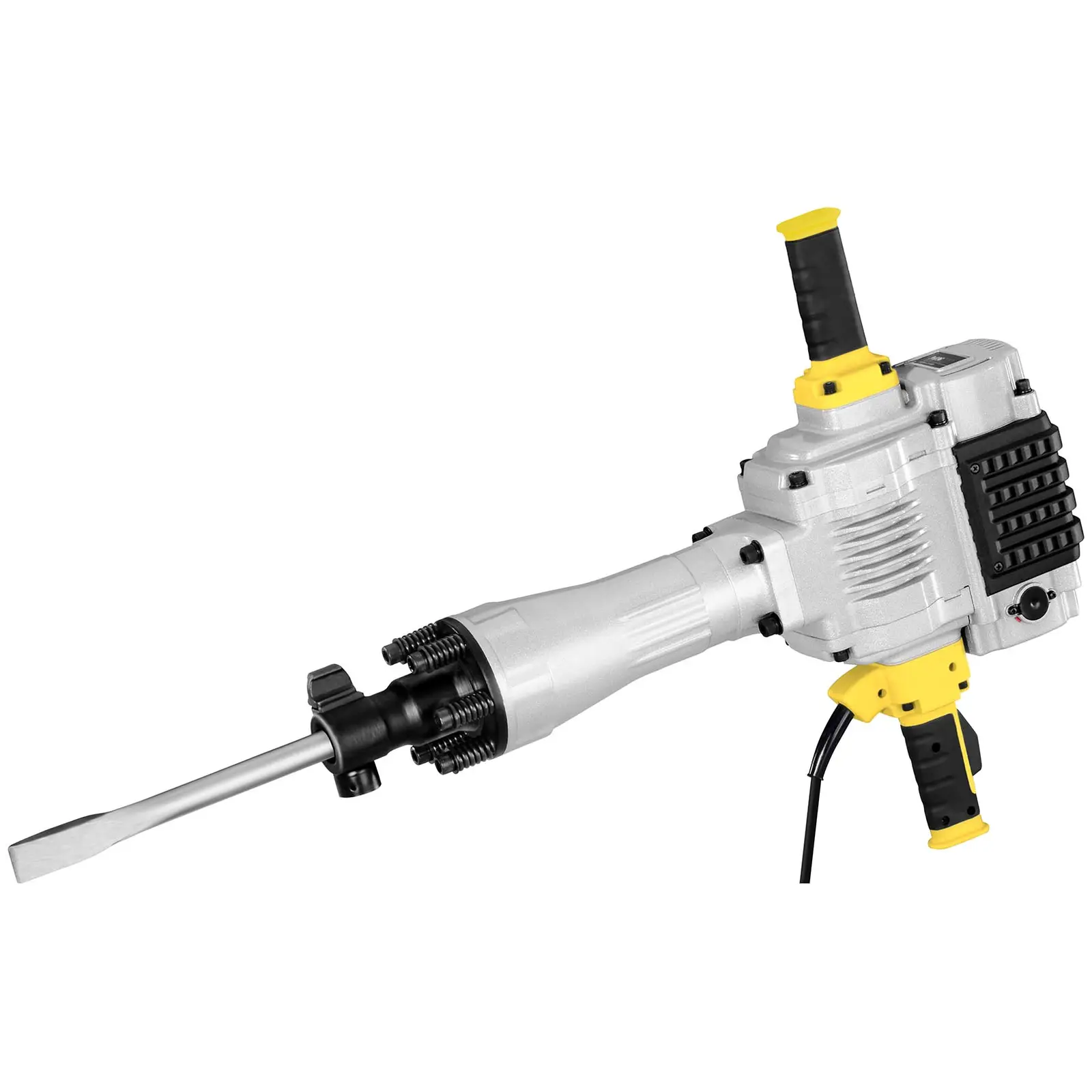

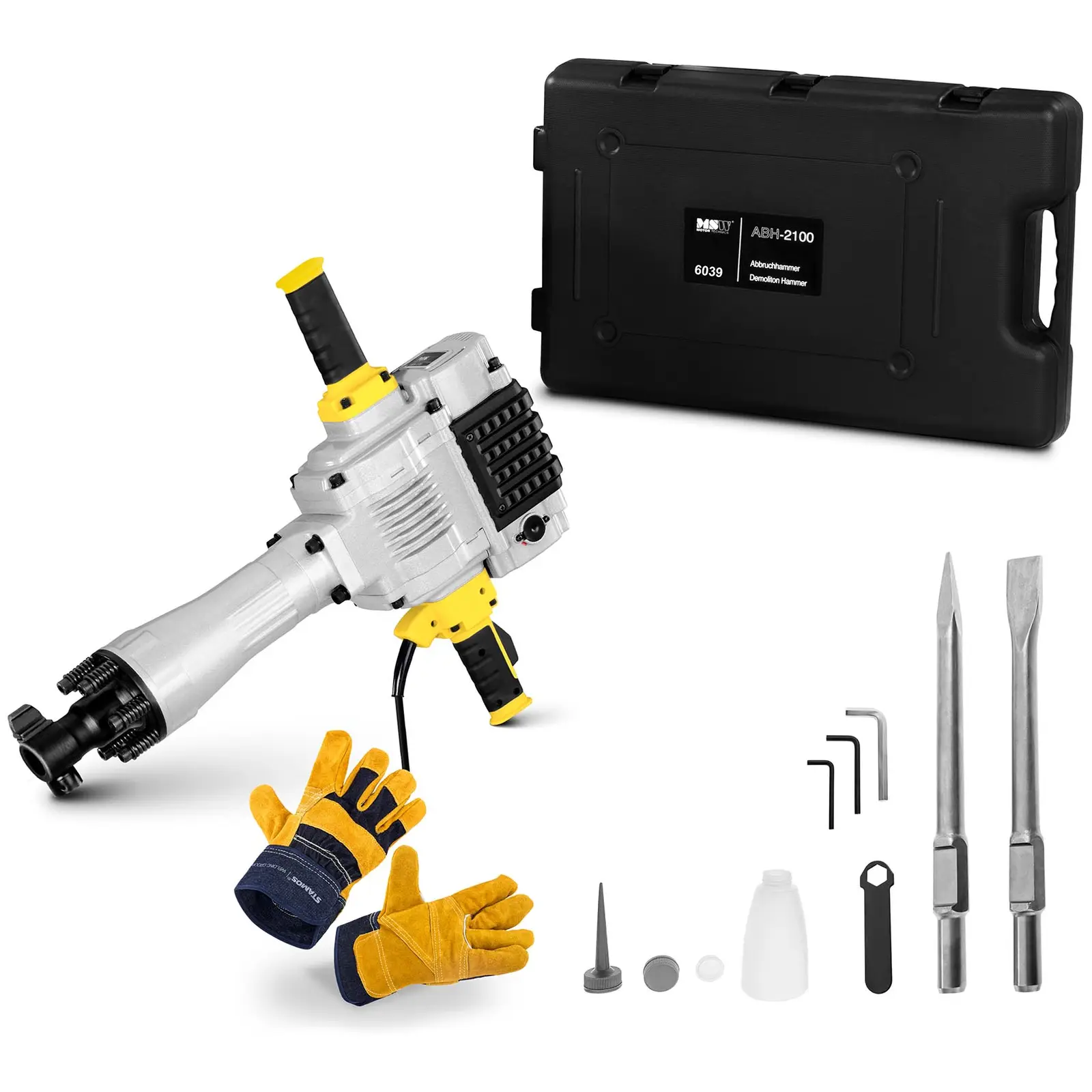
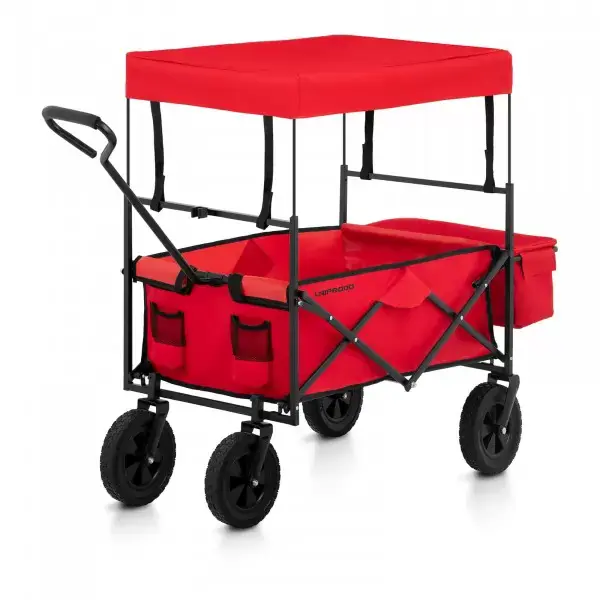
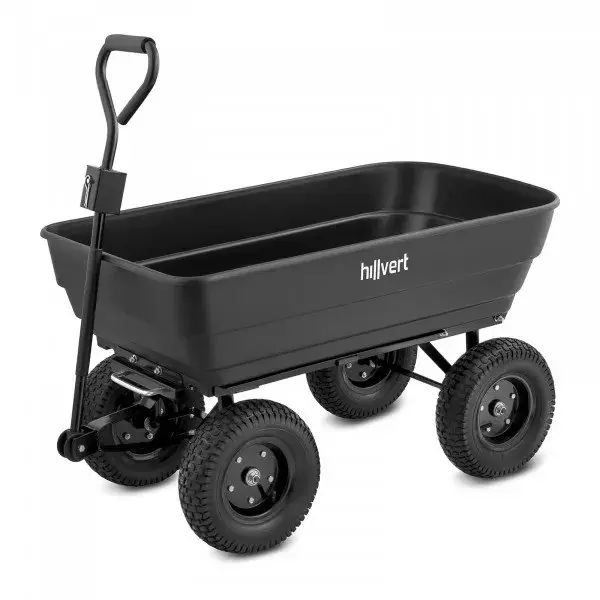
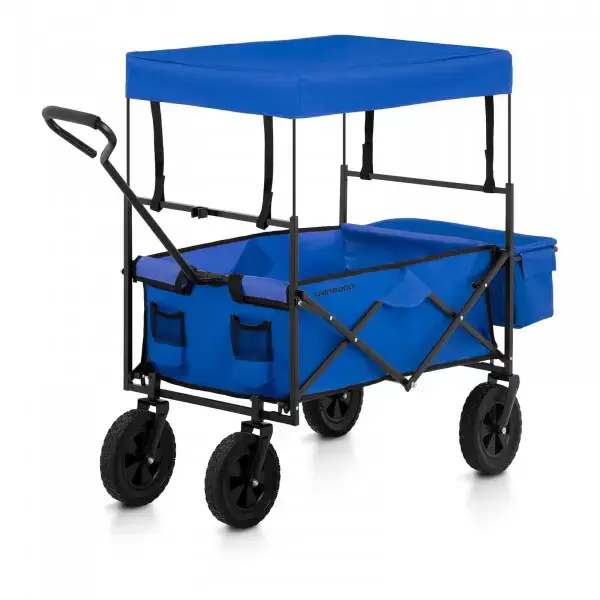



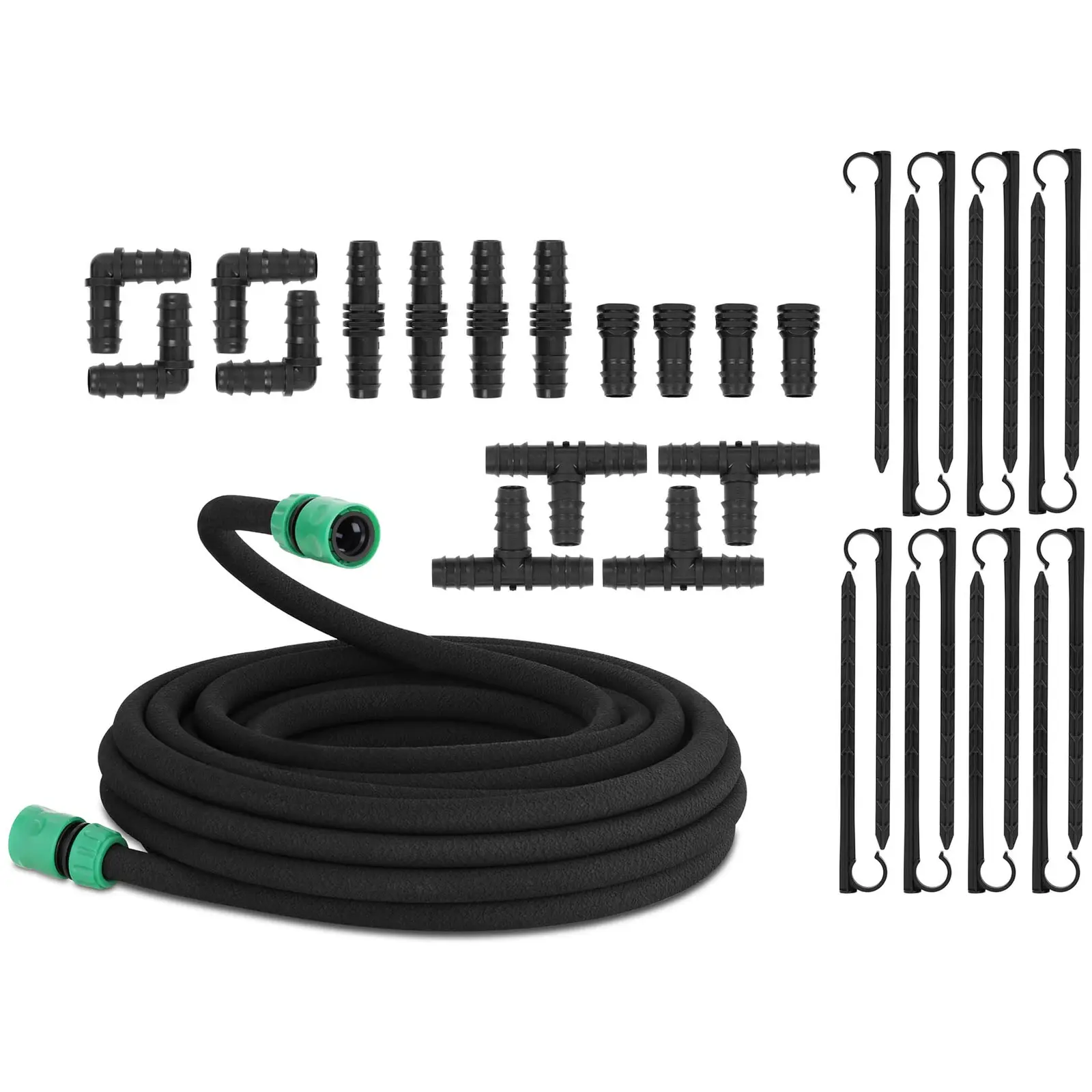
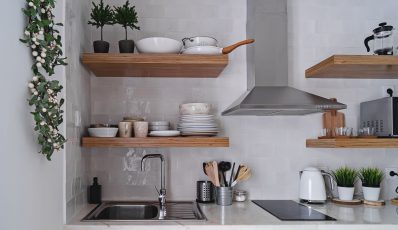




Share